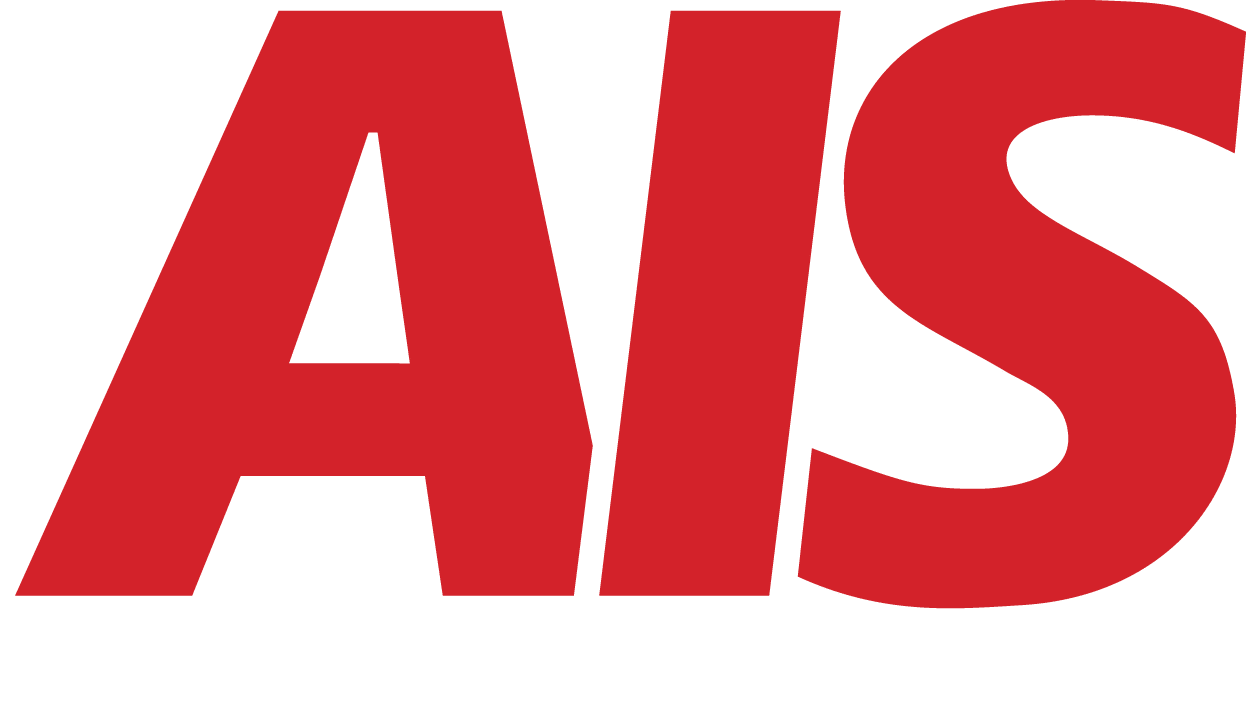What to Look for in a Managed IT Provider for Cyber Defense
October 14th, 2025 | 6 min. read

For many small and midsize businesses, cybersecurity has become too complex to manage alone.
Threats evolve daily, compliance requirements change constantly, and internal IT staff are often stretched thin. That is why so many organizations turn to managed IT providers for help.
The right provider does much more than fix computers or monitor servers. They become a strategic partner who helps you plan, protect, and grow your business securely. But not all managed service providers (MSPs) are created equal.
Knowing what to look for in a cybersecurity-focused IT partner can mean the difference between staying protected and becoming the next breach headline.
1. A Security-First Mindset
In 2025 and beyond, every IT conversation must start with security. A qualified provider prioritizes protection in everything they do, from configuring email systems to deploying cloud tools.
Ask potential partners how they integrate cybersecurity into their daily operations. A provider with a security-first mindset will:
- Use best practices like zero-trust network access and least-privilege permissions.
- Apply consistent patching and monitoring across all client environments.
- Enforce multifactor authentication for both their own staff and their clients.
- Provide clear documentation on how they safeguard data.
Avoid any provider that treats cybersecurity as an add-on or a separate package. Protection should be part of the foundation, not an optional upgrade.
2. Proven Expertise and Certifications
Credentials matter. A reputable managed IT provider invests in training and certifications to stay current with new threats and technologies.
In addition to credentials, ask about real-world experience. Have they managed incidents or recovered clients from ransomware? Do they perform regular risk assessments and penetration tests? A provider’s track record often speaks louder than their sales pitch.
3. Comprehensive Cyber Defense Capabilities
An effective provider offers more than basic monitoring or antivirus tools. They deliver end-to-end protection that covers every part of your digital environment.
Here are essential services to look for:
Threat Monitoring and Detection
24/7 monitoring with security information and event management (SIEM) tools helps identify suspicious activity in real time. This enables your provider to detect attacks early before they cause damage.
Incident Response and Recovery
Even the best defenses cannot stop every attack. A reliable partner should have a clear incident response plan, including containment, investigation, communication, and recovery procedures.
They should also manage reliable backups and regularly test restoration processes to ensure business continuity after an incident.
Vulnerability Management
Your provider should conduct routine scans and patch management to close known security gaps quickly. This proactive approach prevents many attacks before they start.
User Training and Awareness
Technology cannot defend against human error. The right MSP will include employee training and phishing simulations as part of their service package, helping to strengthen your first line of defense.
4. Transparency and Communication
Cybersecurity depends on trust. You need to know that your IT provider is acting in your best interest, keeping you informed, and never leaving you in the dark about potential risks.
Look for a provider that:
- Shares detailed reports on performance, threats detected, and patches applied.
- Explains issues in clear business terms, not just technical jargon.
- Responds quickly to support requests and communicates regularly.
- Provides dedicated account managers who understand your business goals.
Transparency also extends to pricing. Avoid vague contracts or hidden costs. A trustworthy partner will explain exactly what is included and help you choose a plan that fits your budget and needs.
5. Scalability and Flexibility
Your cybersecurity needs today may not be the same next year. As your company grows, adopts new technologies, or expands into new markets, your IT provider must be able to scale alongside you.
Ask how they handle additional users, new office locations, or hybrid work models. Can they support cloud migration, virtual desktops, or remote endpoint management?
Flexibility is key. The best managed IT providers offer modular services, allowing you to scale up or down as business needs evolve. This ensures you never pay for unnecessary features but always have access to the protection your business requires.
6. Alignment With Your Industry and Regulations
Every industry has unique cybersecurity challenges and compliance requirements. For example, healthcare organizations must follow HIPAA, retailers handle PCI data, and professional service firms often manage sensitive client information.
When evaluating a provider, ask about their experience within your industry. They should understand your regulatory landscape, common attack patterns, and client expectations.
Providers familiar with your sector can implement tailored controls and provide documentation to simplify audits and compliance reviews. This experience not only protects your data but also saves time and resources during assessments.
7. Proactive Strategy and Business Alignment
Cybersecurity is not just about technology; it is about risk management and business continuity. The right partner will take time to understand your organization’s objectives, processes, and long-term goals.
Look for a provider that acts as a strategic advisor rather than a vendor. They should help you:
- Identify your most valuable assets and prioritize their protection.
- Develop security policies that align with your operations.
- Create a multi-year IT roadmap that supports growth while minimizing risk.
- Communicate security updates and emerging threats in plain language.
A proactive partner anticipates challenges before they become problems. This strategic alignment allows you to plan rather than constantly react to issues.
8. Local Presence With Enterprise Capabilities
There is a big difference between a remote call center and a provider that truly understands your local market. Working with a regional IT partner gives you faster response times, in-person support, and familiarity with the unique threats that target nearby businesses.
For example, at AIS, we serve SMBs throughout Las Vegas and Southern California, two regions that have seen an increase in ransomware and social engineering attacks targeting small professional offices and healthcare providers.
Local presence does not mean limited expertise. The ideal provider combines local responsiveness with enterprise-level tools and partnerships, delivering the best of both worlds.
9. A Track Record of Client Success
Before committing, ask for case studies or client references. A trustworthy provider will be proud to share success stories that highlight their ability to prevent incidents or recover businesses quickly.
Look for outcomes such as:
- Reduced downtime after an outage.
- Successful recovery from ransomware without data loss.
- Improved compliance scores or audit results.
- Increased employee participation in security training programs.
Client feedback and long-term relationships reveal more about reliability than any sales brochure can.
10. Continuous Improvement and Innovation
Cybersecurity is never static. New threats emerge daily, and yesterday’s best practices may not work tomorrow. Choose a provider committed to innovation and continuous learning.
Ask how they stay ahead of new trends, such as AI-driven attacks, zero-day vulnerabilities, or supply chain risks.
The best MSPs invest in research, attend security conferences, and update their tools and processes regularly.
Continuous improvement ensures your defenses evolve at the same pace as the threat landscape.
Why Choosing the Right Security Partner Matters
Partnering with the right managed IT provider allows your business to focus on growth while experts handle the complexity of cybersecurity.
It creates peace of mind knowing that professionals are monitoring your systems, managing updates, and preparing for potential incidents.
Conversely, choosing the wrong provider can lead to unpatched vulnerabilities, missed alerts, and serious financial or reputational damage. Taking the time to evaluate your options thoroughly pays dividends in reliability and protection.
Managed IT Providers and Cyber Defense: Your Next Steps
Start by assessing your current IT relationship. Ask yourself:
- Are we confident that our systems are continuously monitored?
- Do we receive regular reports that make sense to non-technical leaders?
- Does our provider focus on prevention, or do they only respond when things break?
- Have they talked to us about data backups, MFA, or endpoint protection recently?
If the answer to any of these questions is “no,” it may be time to reevaluate your partnership.
At AIS, we believe cybersecurity should empower businesses, not complicate them. Our approach combines proactive protection, responsive support, and personalized guidance to help SMBs thrive in today’s digital world.
A true southerner from Atlanta, Georgia, Marissa has always had a strong passion for writing and storytelling. She moved out west in 2018 where she became an expert on all things business technology-related as the Content Producer at AIS. Coupled with her knowledge of SEO best practices, she's been integral in catapulting AIS to the digital forefront of the industry. In her free time, she enjoys sipping wine and hanging out with her rescue-dog, WIllow. Basically, she loves wine and dogs, but not whiny dogs.



